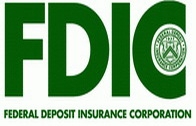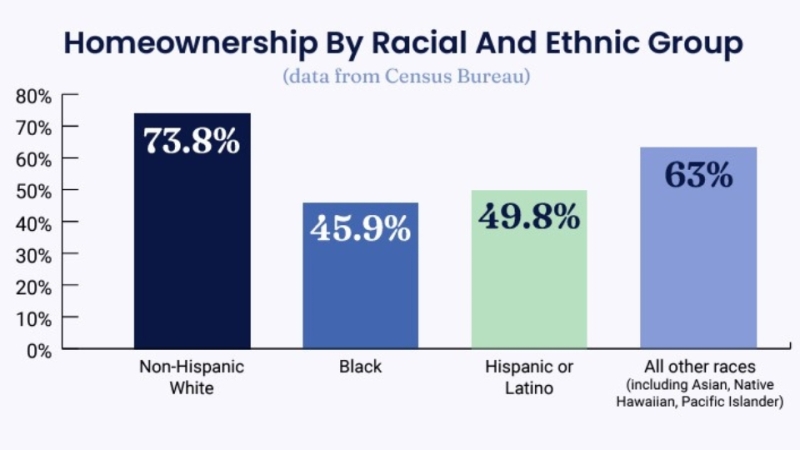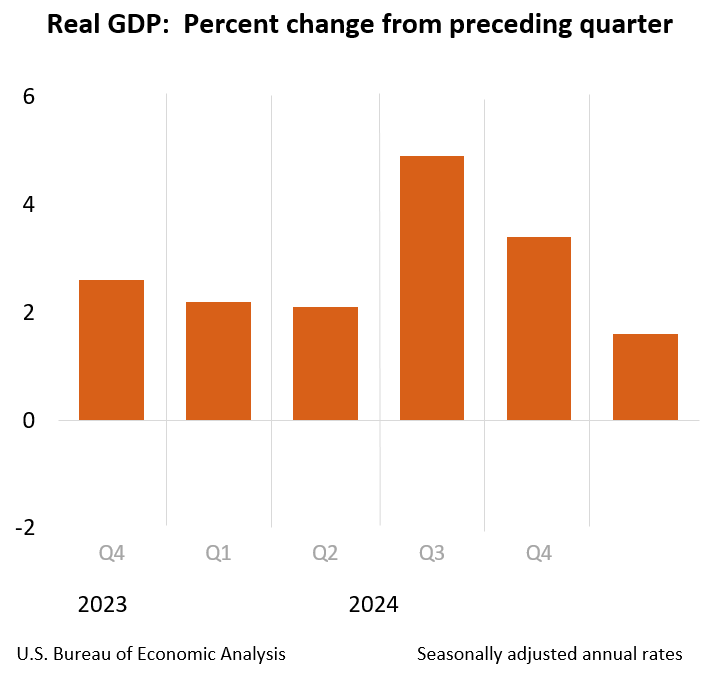Advertisement
FDIC Updates Stress Testing Implementation Timeline for Large Banks

The Federal Deposit Insurance Corporation (FDIC) has announced it is considering changes to the implementation timeline for the annual capital-adequacy stress tests required by section 165(i)(2) of the Dodd-Frank Wall Street Reform and Consumer Protection Act. The changes under consideration would delay implementation until September 2013 for covered institutions with total consolidated assets between $10 billion and $50 billion. Under a proposed rule approved by the FDIC Board of Directors on Jan. 17, 2012, financial institutions with more than $10 billion in assets would have to conduct annual capital-adequacy stress tests. As proposed, the stress testing requirements would become effective immediately upon the issuance of a final rule. The proposed rule is still under consideration at this time.
The FDIC received a number of comments on the proposed rule, including on the immediate effective date of the testing. In response to the concerns, the FDIC is considering delaying the effective date of the rule to conduct the annual stress tests for institutions between $10 and $50 billion in assets. Specifically, the FDIC is considering a timeline under which covered institutions with assets from $10 to $50 billion would be required to conduct initial stress tests in accordance with the rule in late 2013. The delay would help ensure that all covered institutions have sufficient time to develop sound stress testing programs.
As part of efforts among the federal banking agencies to coordinate the implementation of Dodd-Frank stress test requirements, the FDIC has consulted on this proposed implementation delay with the Federal Reserve Board (Board) and the Office of the Comptroller of the Currency (OCC). The Board and OCC are considering similar changes to timelines included in their proposed rules implementing Dodd-Frank stress test requirements.
The final implementation timeline for all covered institutions will be specified in the final rule.
About the author





